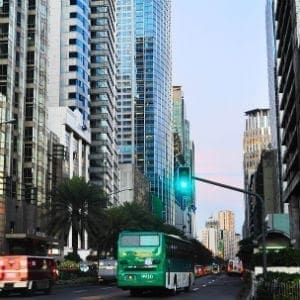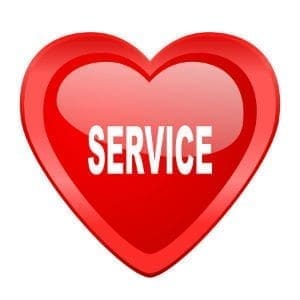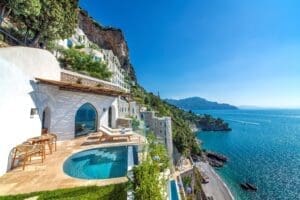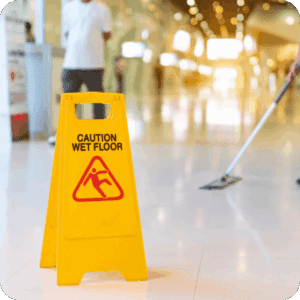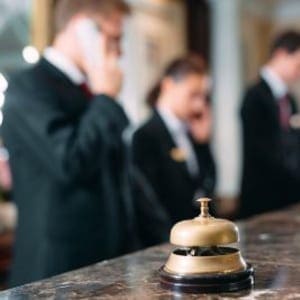 Great hotel managers not only work incredibly hard to lead their teams and propel their respective properties to new levels of success, but they must also keep a pulse on where the industry is headed, especially with regard to technology.
Great hotel managers not only work incredibly hard to lead their teams and propel their respective properties to new levels of success, but they must also keep a pulse on where the industry is headed, especially with regard to technology.
This ‘tech’ word can be fairly broad, though, with so many new devices and software coming available each quarter to help managers increase guest service delivery and make better business decisions. It can be hard to narrow your field of vision and focus on any one particular aspect of emergent technology. However, where I’ve spent the bulk of my career – and where it is imperative for all managers to have at least a basic understanding – are the evolving electronic tools to actually get guests to stay at your property. Because if you can’t get consumers onsite, then no other technological upgrade matters.
To this end, I was fortunate enough to land an interview with John Hach, Senior Industry Analyst at TravelClick (a company that needs no introduction). Ebullient and razor-sharp, John outlined what he’s observed about the hospitality world based upon the priority information afforded to a person in his position. Overall, he proudly declared that when it comes to hotel websites, booking engines and all other digital processes, the technology has caught up with the ideation.

This means that if you can think of something you want your web presence to capture or express, there is a technology that can now fulfill that need. It’s indeed a very good time for hoteliers to reinvest in their electronic channels, but it also means that traveler expectations are likewise escalating. Hoteliers should act prudently to move in the same slipstream as their consumers, particularly with regard to mobile and responsive design in order to keep direct reservations.
As a booking engine pundit, John explained that the industry has almost entirely moved to digital, both in terms of how customers are first introduced to hotel brands as well as the overall usage of e-commerce channels. Moreover, we are currently witnessing a split in user behavior whereby those people seeking a quick trip (less than a week) prefer a more transactional ‘one screen, one click’ booking process. He’s observed that an additional click during the sales funnel can cost up to 50% of customers. On the other end of the spectrum, longer stays demand the creation of an experience and a ‘sense of discovery’ during the booking process.
While a website should load quickly, there is a steadily increasing demand for video content – a trend that John has been privy to observe following TravelClick’s acquisition of hotel video solution provider TVtrip. These video enhancements are becoming excellent tools to differentiate room types for boosting upgrade sales and ancillary revenue streams like amenities and F&B.
As additional areas of differentiation, John touched on two lucrative opportunities. The first was the need for personalization of the travel experience via mobile app CRM software. And next was the near-future milestone of extreme localization. That is, with every building now mapped on cloud-based GPS mobile apps, properties can enhance their competitive advantages on a microscopic level. For example, if you are located directly across the street from a convention center when your closest competitor is over one block away, reorienting your web appearance and SEO to clearly express this minor proximity advantage will allow you to moderately heighten your ADR. Other top localized differentiators include museums, retail destinations, beaches, top-rated restaurants on Yelp or TripAdvisor, airports, train stations and business hubs.
To reiterate, if you can think of a physical property advantage or have an idea to make your onsite product more unique, there is a technology that can reflect this and effectively tell this aspect of your story to consumers.
Addressing my two favorite industry culprits at the moment – Airbnb and the OTAs – John remained optimistic yet cautious. From his analysis, there appears to be enough business to accommodate alternative providers such as Airbnb without rampant erosion, except for compressions such as massive citywide events where there is a statistically substantial impact. We hoteliers must remain vigilant, however, as this erosion may drastically increase once the OTAs unveil their own alternate lodging booking engines.
And speaking of the OTAs, whereas I’m a believer in driving direct web sales by any means necessary – that is, converting business from third-party sites – it may be better to reach a symbiotic co-dependency with these companies as their marketing efforts can be a powerful force for hotels. Moreover, as John remarked, many customers will always opt for the convenience of a one-stop shop that also includes airfare and car rentals. These travelers are likely to never convert to booking direct or to becoming loyal to a specific brand. It would be better to focus your efforts on optimizing your property’s display within the OTA system to best attract consumers with this behavior.
To finish off, John shared with me some statistics from the open of January 2016 that give a better picture of how the hospitality world performed in 2015 and what market segments will present growth opportunities for 2016:
- Committed occupancy for the full year of 2016 is up 3.1% compared to a year ago
- New commitments added over the last month (pace) are up 5.3%
- Nineteen of the top 25 (76%) of North American markets are showing committed occupancy increases compared to a month ago
- The group segment is up 3.5% in committed room nights over the same time last year
- New group business added over the last month (pace) is up 11.1% over the comparable period last year
- Transient room nights booked are up 2.0% over the same time last year
- Business demand, which includes weekday transient negotiated and transient retail segments, is down -3.6%
- Leisure demand, which includes transient discount, transient qualified segments and transient wholesale, is up 6.1%
- Average Daily Rate (ADR) is up 4.0% based on reservations currently on the books for 2016
About the author
 Larry Mogelonsky is the founder of LMA Communications Inc. (www.lma.ca), an award-winning, full service communications agency focused on the hospitality industry (est. 1991). Larry is also the developer of Inn at a Glance hospitality software. As a recognized expert in marketing services, his experience encompasses Four Seasons Hotels & Resorts and Preferred Hotels & Resorts, as well as numerous independent properties throughout North America, Europe and Asia. Larry is a registered professional engineer, and received his MBA from McMaster University. He’s also a principal of Cayuga Hospitality Consultants, an associate of G7 Hospitality and a member Laguna Strategic Advisors. His work includes three books “Are You an Ostrich or a Llama?” (2012) and “Llamas Rule” (2013) and “Hotel Llama” (2014). You can reach Larry at larry@lma.ca to discuss any hospitality business challenges or to review speaking engagements.
Larry Mogelonsky is the founder of LMA Communications Inc. (www.lma.ca), an award-winning, full service communications agency focused on the hospitality industry (est. 1991). Larry is also the developer of Inn at a Glance hospitality software. As a recognized expert in marketing services, his experience encompasses Four Seasons Hotels & Resorts and Preferred Hotels & Resorts, as well as numerous independent properties throughout North America, Europe and Asia. Larry is a registered professional engineer, and received his MBA from McMaster University. He’s also a principal of Cayuga Hospitality Consultants, an associate of G7 Hospitality and a member Laguna Strategic Advisors. His work includes three books “Are You an Ostrich or a Llama?” (2012) and “Llamas Rule” (2013) and “Hotel Llama” (2014). You can reach Larry at larry@lma.ca to discuss any hospitality business challenges or to review speaking engagements.
This article may not be reproduced without the expressed permission of the author.


